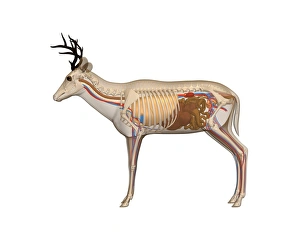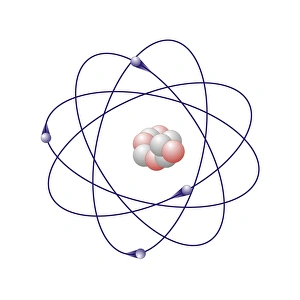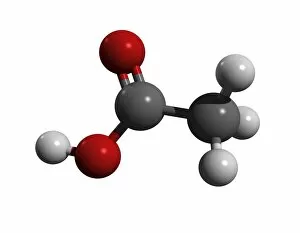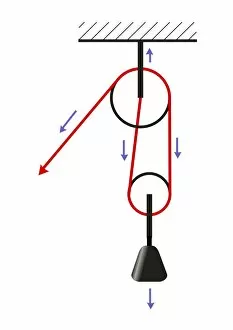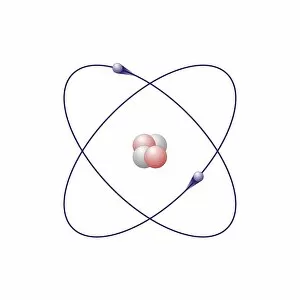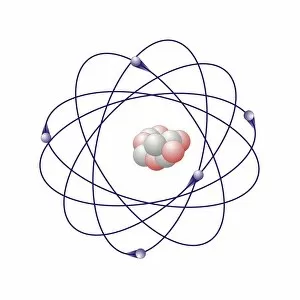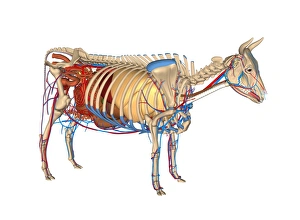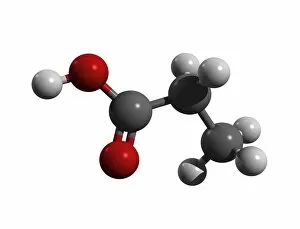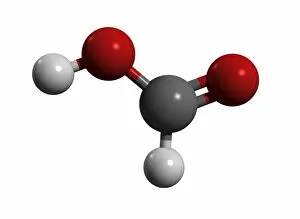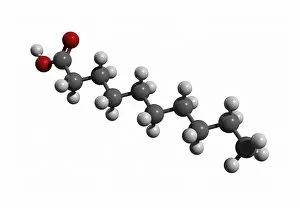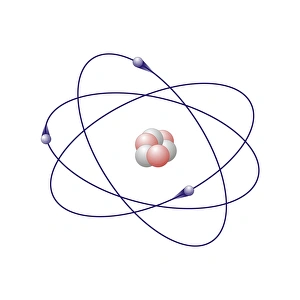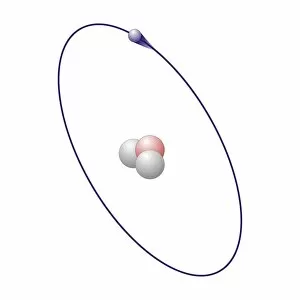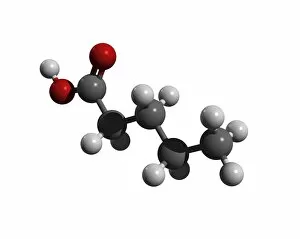Freistehende Collection
"Exploring the Beauty of Freistehende: From Dog Anatomy to Atomic Models and Artwork" In the vast world of freistehende
All Professionally Made to Order for Quick Shipping
"Exploring the Beauty of Freistehende: From Dog Anatomy to Atomic Models and Artwork" In the vast world of freistehende, we delve into a captivating journey through various realms. Let's start with dog anatomy, where every muscle and bone intricately come together to create these loyal companions. Just like an artist skillfully captures their essence on canvas, bringing forth their unique personalities. Shifting our focus to deer anatomy, we witness nature's grace in motion. The elegant structure of antlers and graceful limbs showcase the beauty that lies within these majestic creatures. Artists capture this ethereal charm through breathtaking artwork that immortalizes their presence. Now let us venture into the realm of science, where atomic models take center stage. Beryllium reveals its intricate arrangement as electrons dance around its nucleus while helium showcases simplicity yet immense importance in our universe. And then there is boron, whose atomic model unravels its secrets for scientists to explore further. Stepping back into artistry once again, cow anatomy becomes a subject of fascination. The gentle curves and sturdy frame embody resilience and nourishment they provide us with daily. Artists pay homage by creating stunning artworks that celebrate their significance in our lives. Transitioning from animals to molecules, we encounter propanoic acid molecule - a key player in organic chemistry known for its distinct aroma when found naturally or used as food preservatives. Acetic acid molecule follows suit with its versatile applications ranging from vinegar production to industrial processes. As we continue exploring molecular structures, block and tackle artwork catches our eye - symbolizing strength amidst challenges faced by humanity throughout history; it serves as a reminder of human ingenuity overcoming obstacles using simple machines. Pelargonic acid molecule takes us deeper into organic compounds' complexity – found in plants such as geraniums – showcasing nature's ability to produce diverse chemical compositions serving various purposes within ecosystems. The intensity rises as bomb artwork appears, reminding us of the destructive power that humanity has harnessed throughout history.

